The 19th Dynasty pharaoh Ramesses II had a long and prosperous reign, as evidenced by the numerous building projects completed during his lifetime, including two huge temples at Abu Simbel. But he was hardly the only Egyptian monarch who fed his own ego by erecting enormous structures to impress the people and keep them in line. Over the course of several very hot but very memorable days, our gang took a journey through the Nile River Valley, including a river cruise from Aswan to Luxor, to visit some of ancient Egypt’s most splendid architectural wonders.

Some of the sites we visited share not only ancient origins with Abu Simbel, but recent changes too – they were relocated because of the need, at different points in time, to dam the Nile. For example, the Philae temple complex, which was started during the 4th century BC – long after the time of Ramses the Great – was originally situated on one of two tiny islands called the Philae Islands. However, the construction of the Aswan Low Dam at the start of the 20th century subjected the islands to frequent flooding and threatened to leave the temple buildings permanently submerged.

After considering several possible ways to save the ancient buildings from a watery grave, it was decided to move the temple ruins to higher ground on the island of Agilkia. This was accomplished in the 1970s using a similar technique as was done at Abu Simbel during the prior decade – the entire Philae complex was dismantled piece by piece and put back together again in its new location.

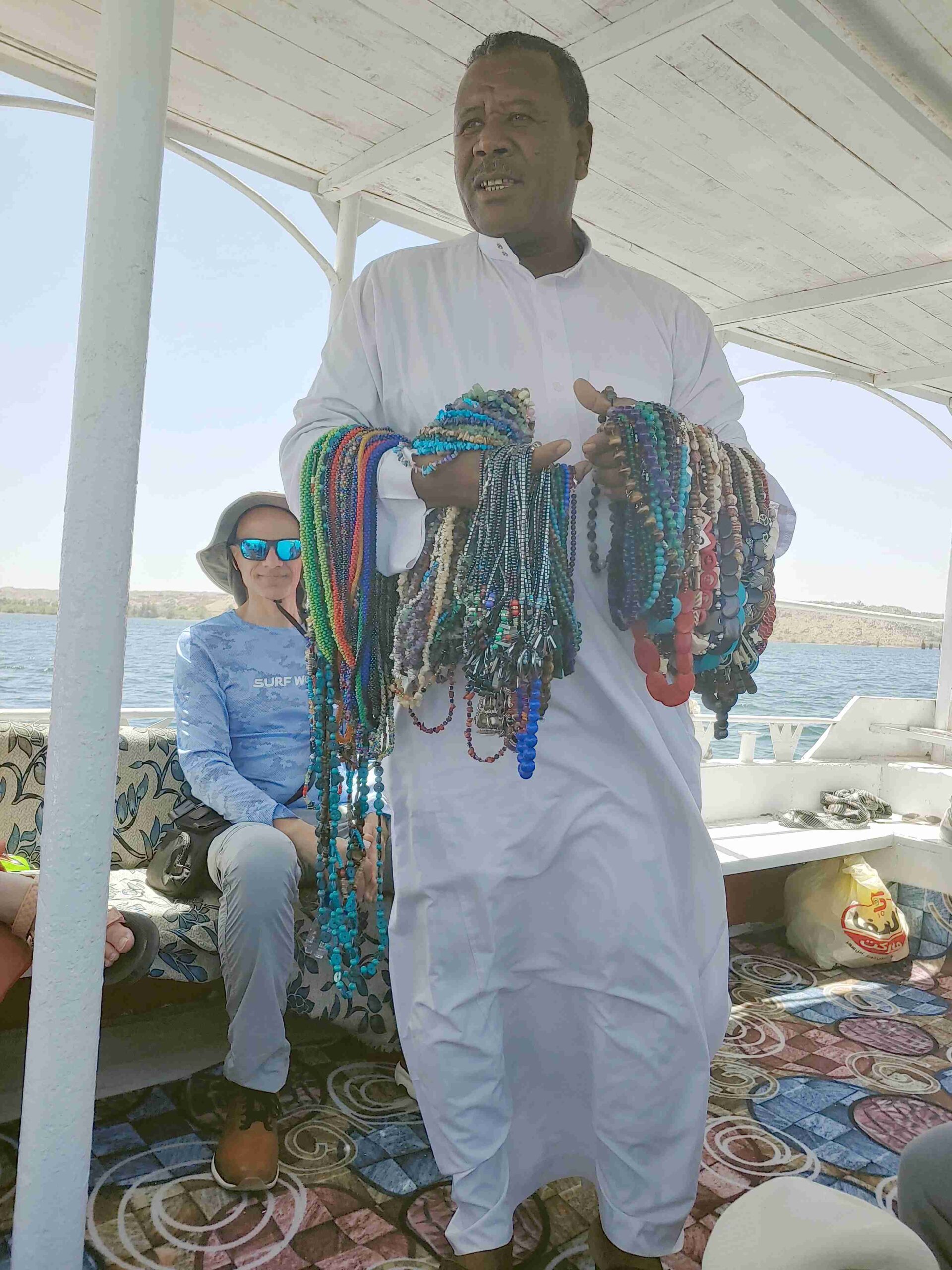


Moving north from Aswan, we took a stroll around Kom Ombo, another late-era Egyptian masterpiece. Kom Ombo is unique because it celebrates not one but two deities – falcon-headed Horus, who is one of the main Egyptian gods, and Sobek, the crocodile god, who has (as you might guess) the head of a crocodile. Everything in the temple was duplicated to make sure neither god felt slighted, because we all know what happens when a god feels slighted – famine, disease, general mayhem, and in the most dire cases, total loss of cell phone signal.


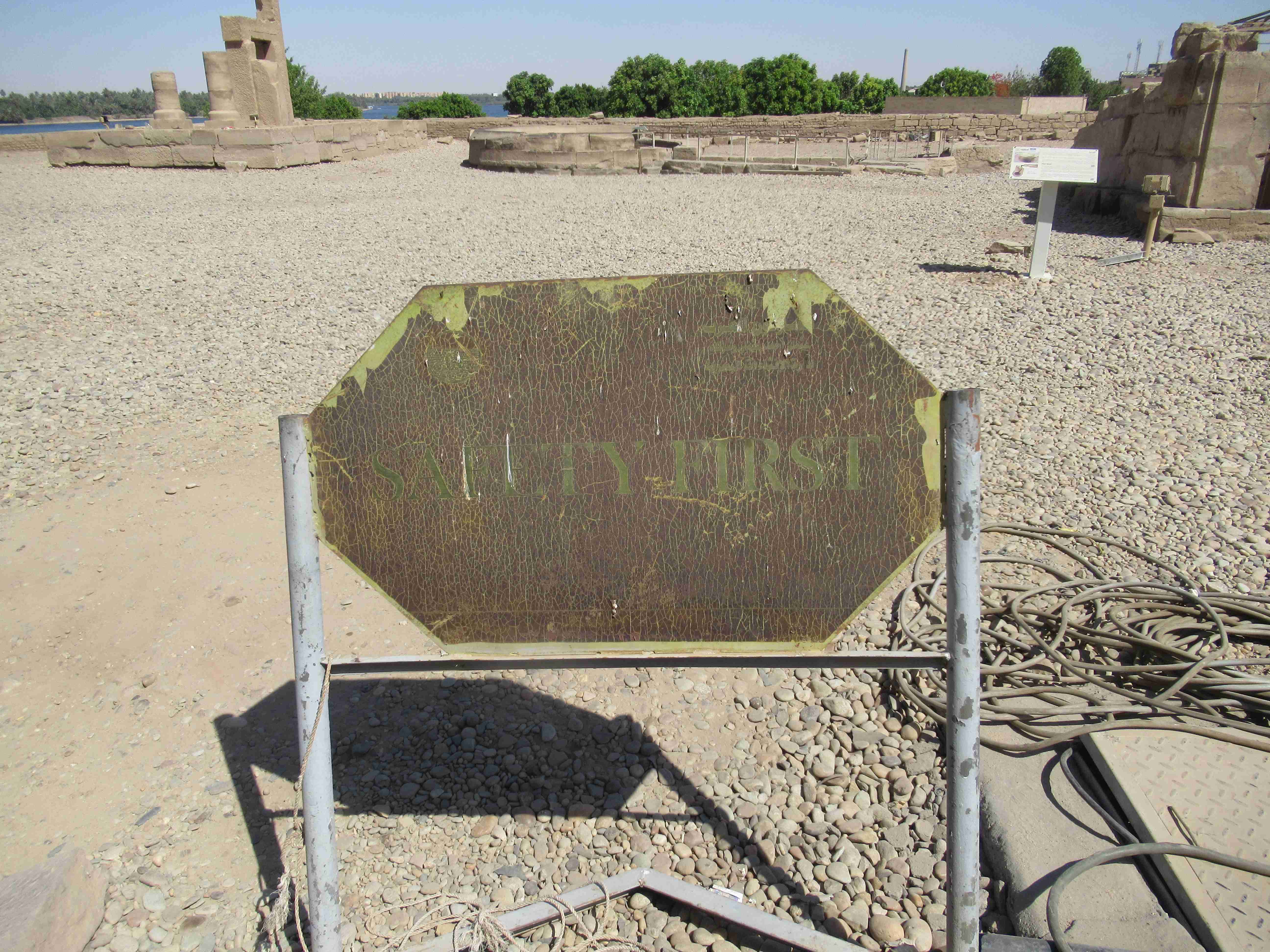
Our next stop was the Temple of Edfu, another late-era shrine and one of the most well-preserved temples in Egypt.
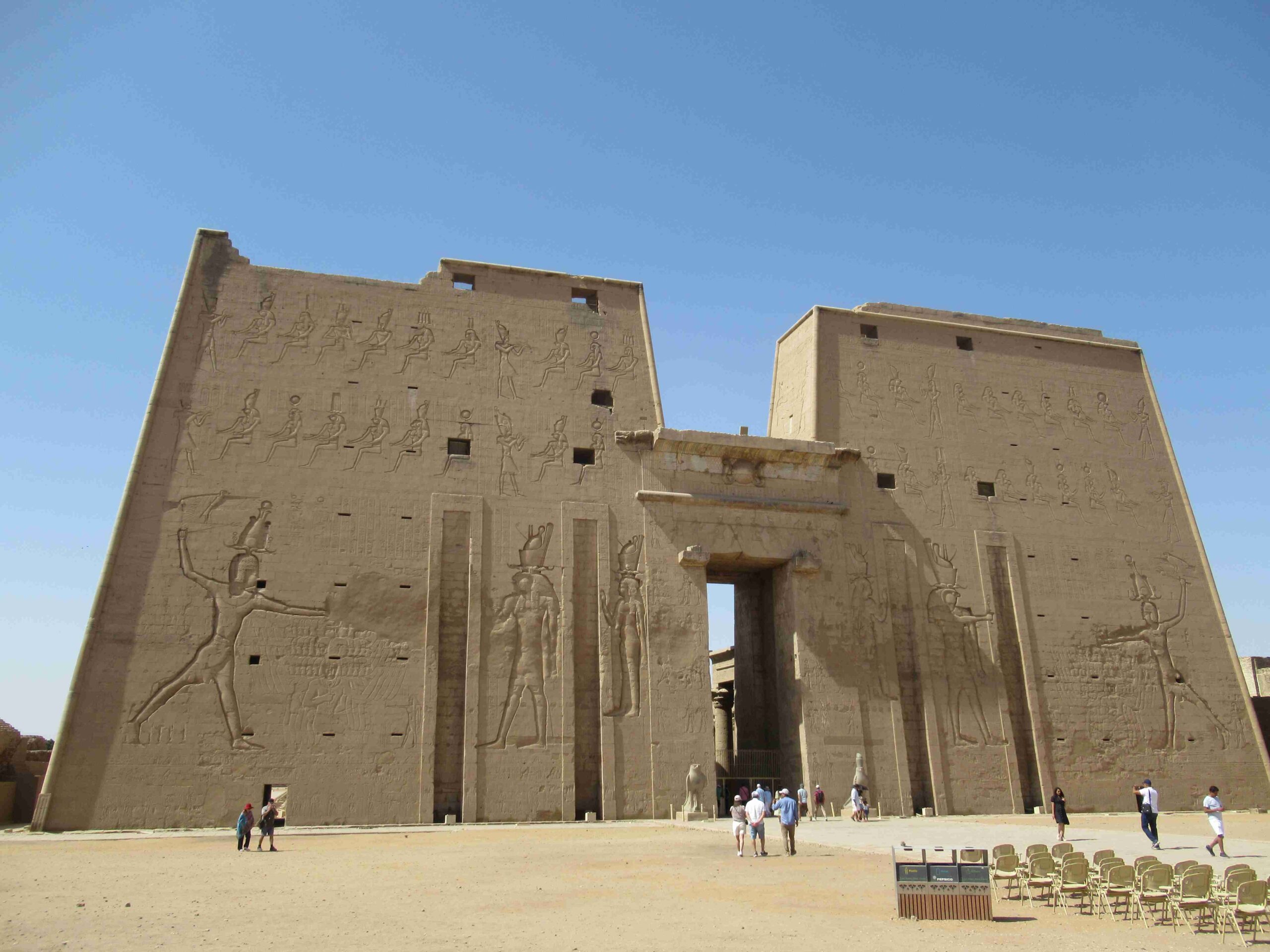


Though each temple has its own story to tell, after a while they do tend to start to blend together. Egyptian tourists run the risk of becoming “templed out” in the same way that visitors to Europe can get “churched out” or, in the UK and Ireland, “castled out” (as discussed in this post). Fortunately there is more to see of ancient Egypt than just pharaonic temples. There’s a crapload of royal tombs too.

We visited several well-preserved and beautifully restored tombs with fantastic colors and images adorning the walls and ceilings. Perhaps the most famous tomb we saw was that of Tutankhamun, better known as King Tut. The poor kid was infirmed his whole life, and he only made it to 19 or so – possibly because he may have been the offspring of siblings. He did nothing of importance, but his tomb was found intact, full of treasures, so everybody’s heard of him. Steve Martin even wrote and performed a song about Tutankhamun in the late 1970s. His mummified remains are still in the tomb. (King Tut’s, not Steve Martin’s.)


By far the most stunning tomb we visited was the final resting place of Queen Nefertari. In the past, a visit to her tomb required special permission and the payment of an exorbitant fee. Now it’s open to all tourists, though the entrance ticket (about $50) is still much steeper than any other tomb we visited. This is apparently intentional, to keep the crowds out and help preserve the spectacular stuff inside.




And what about the treasures I mentioned earlier (and added to the title of this post to make it sound far more interesting than you’re now realizing it actually is)? Well, they’re not in the temples or tombs, that’s for sure. That’s because those ancient wonders have all been raided like a Wal-Mart on Black Friday. In some cases, anonymous thieves snatched the goods hundreds or thousands of years ago. In more recent times, mostly well-meaning scholars and explorers (and often not so well-meaning government authorities) have “relocated” statues, jewelry, coffins, and mummies to museums and universities all over the world. But did anyone bother to ask the dead people how they felt about having their resting places ransacked like a clearance bin at TJ Maxx? Kind of rude, if you ask me. I mean, no one is allowed to dig up graves in the cemeteries where I live. Probably not where you live either.



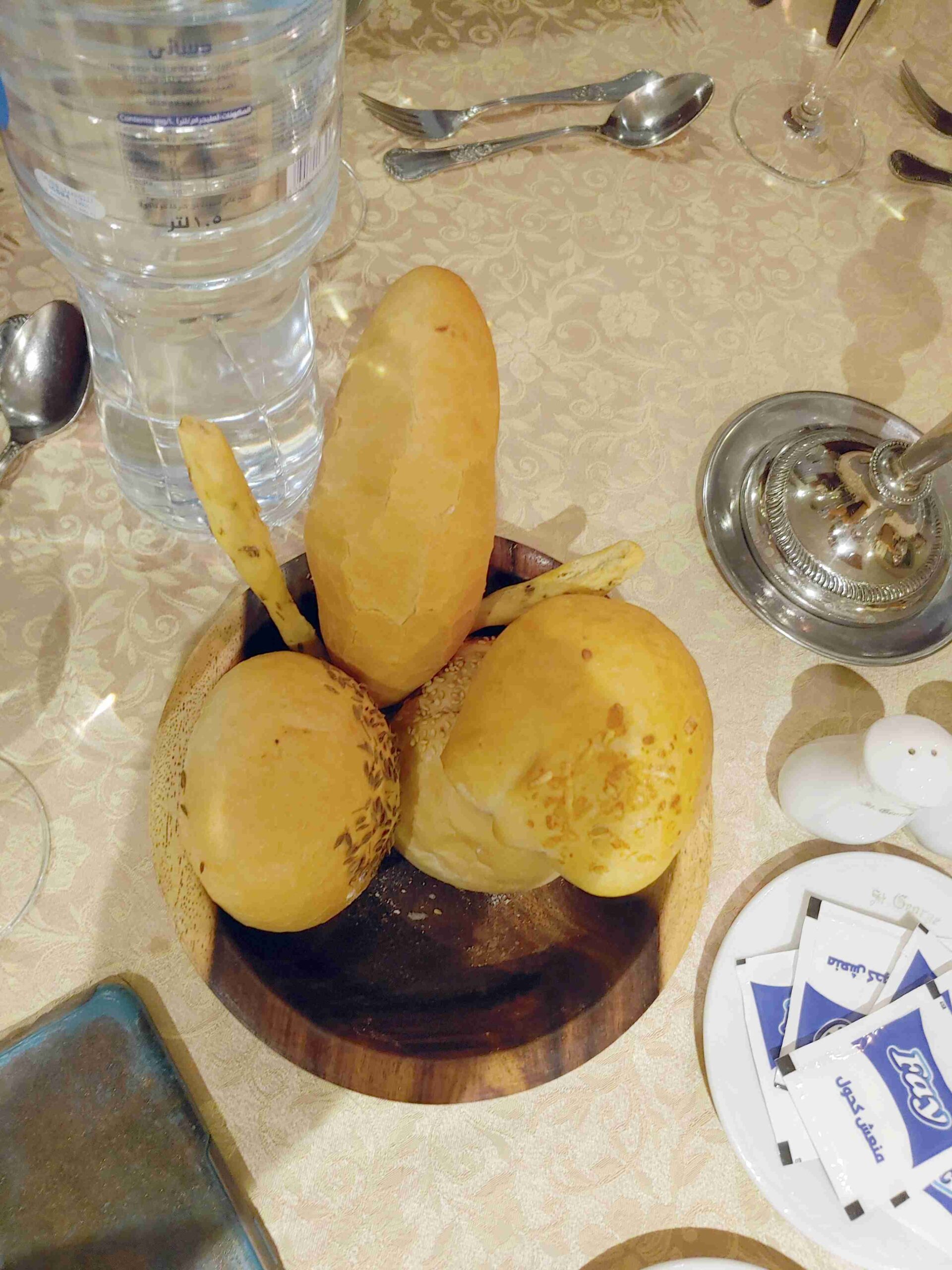
I’ll conclude this edition of Blogativity by acknowledging that I’m really not the slightest bit indignant about all the temple and tomb raiding, or even about the displaying of mummies under glass in museums. (However, the selfie slut truly annoys the fuck out of me.) When you’re dead, I don’t think you care what people do with your body or your stuff. It’s not really even your body or stuff anymore. It may not be right, or even a good idea, to poke around ancient tombs and translocate people’s remains just because they lived a really long time ago. And maybe tourists like me shouldn’t take photos inside their private resting places either. So just to be on the safe side, I’m going to set up a shrine to Ramesses III in my living room. And maybe sacrifice a couple of crocodiles in his honor.

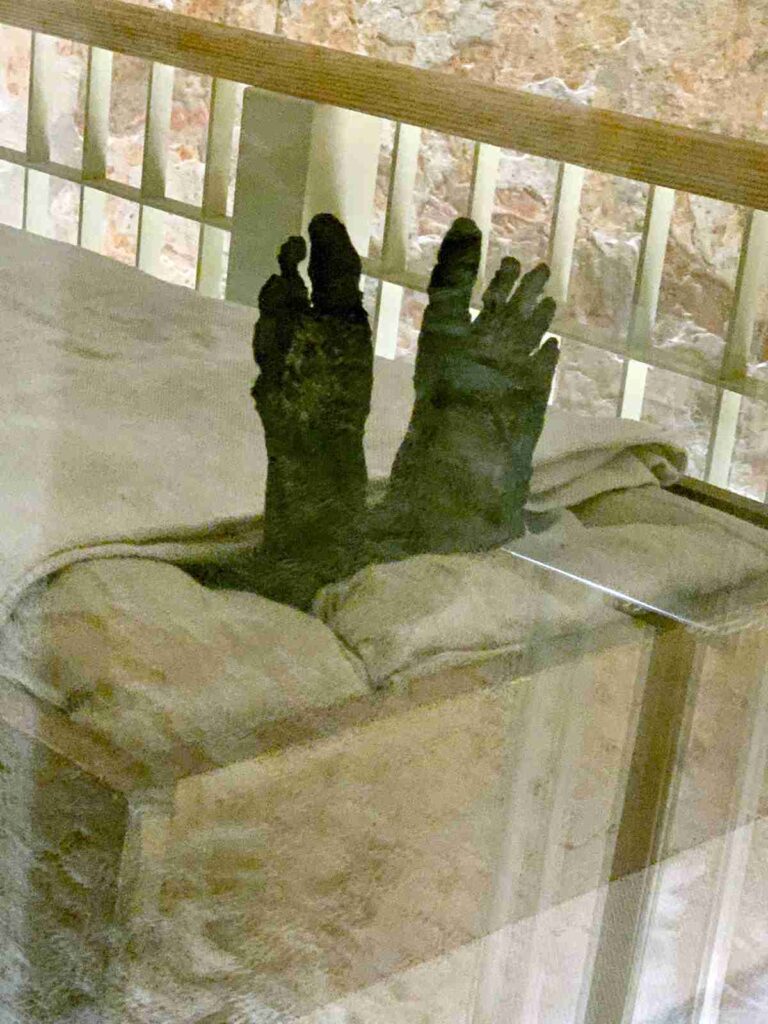










As the powers that be are banning all “inappropriate” material I strongly suggest that you purge your files prior to arriving at home. It is the not-so-great state of Florida after all. Seriously, love your account of Egypt. Keep your feet on “terra firma” and safe travels home. Hugs to you both!
Thanks for your comments! Unfortunately, our (non-gigantic) feet will have to leave terra firma sooner or later. I mean, we’re not swimming home from Egypt.
Great post. Monty Python, Steve Martin, and sexy Egyptian feet for the trifecta!
You think gigantic feet are sexy? That explains a lot. No, wait, it doesn’t. It doesn’t explain a goddamn thing.
You make me want to be there!!!
Thanks for reading!
I’m going to go there one day. I love all of your pics.
I warned the Egyptian authorities you might be coming. No need to thank me.